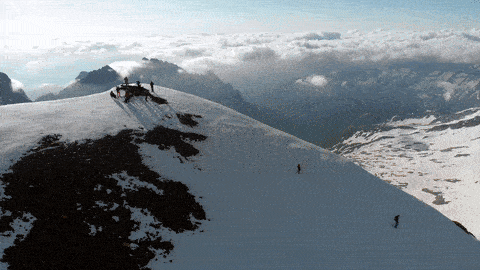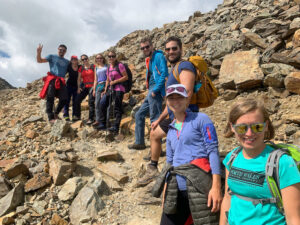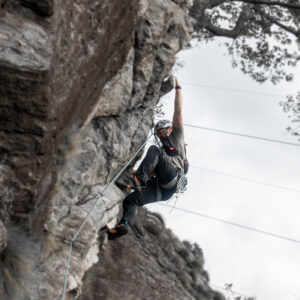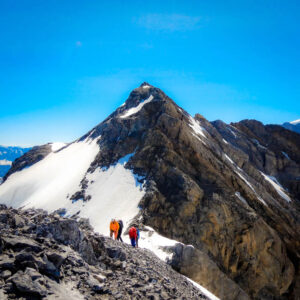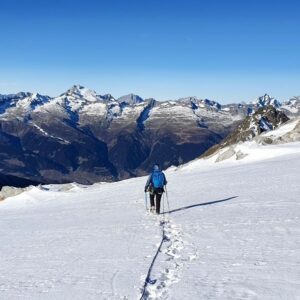From day hikes to Multi-day Trips
"Hiking is just walking with extra steps" - Alan
Hiking in Switzerland, we are spoiled for choice. According to schweizer-wanderwege.ch, there are over 65’000 kilometers of hiking trails across all levels of difficulty. This does not even include mountaineering tours. For comparison, in all of Switzerland, there are 71’300 Kilometers of road, just barely more. Having all these choices, I find it difficult to keep an oversight of all possibilities. So I put together this overview of the most common types of hikes and what you should keep in mind for each one. I will top it off with some of my personal recommendations. As you can probably imagine, I have not hiked all 65 thousand kilometers, so I will refrain from stating that these are the best ones out there. But I can guarantee their beauty because I have done them, at least partially, myself.
The Type of Hikes
When Swiss people speak of hiking, they are most often referring to day trips. These can range from extended walks all the way to ambitious mountaineering trips. They are either a round trip or point-to-point hike. Mountain summit hikes can take the form of either, but have a certain high point as a key destination, while ridge hikes are usually point-to-point hikes. If a Swiss person speaks about a multi-day hike, they will specifically mention so. Multiday trips can be done on a weekend, a weeklong hiking trip, or even longer. But only the most enthusiastic hikers are ever out for longer than a week. Day Trips are what most people do on a regular basis and only a subset of hikers have ever done any multi-day hikes.
Round Trip Day Hikes
The most common type of day hike is a simple round trip where you start and end at the same spot. Whether you are walking around a lake, or simply to a destination and back, you can always just turn around and go back in case you get tired. Round trip day hikes are easy to plan and a great choice for when you are unsure about your fitness level. Speaking of which, there are no definitions for how long a walk must be for it to be considered a hike, so you can choose yourself how long and difficult you want your trip to be. If you travel by car, you are almost always bound to round trips. But the benefit is that your start and end times are flexible, and you do not need to worry about bus schedules. Many mountain summit hikes can be done this way. I put a couple of my personal recommendations in the mountain summit section.

Ridge Hikes
These are among my favorite types of hikes and some of the most famous ones in Switzerland are ridge hikes. Further up in the mountains, these hikes have fantastic views and are usually close to high alpine peaks. They are generally point-to-point hikes and it is advisable to travel to and from these with public transport. In most cases, you can skip a long ascend using a gondola or funicular to get to the top much quicker than walking. Once on the ridge, there are much fewer ups and downs to cover as you stay at altitude on the ridge. However, these hikes are exhausting and can be exposed, meaning there may be drops to either side of the path. Located higher up in the mountains, the paths are rougher, and you may be exposed to some drops on the way. You should be free of vertigo to attempt these.

Ridge Hike Recommendations
Fronalpstock to Klingenstock in Stoos – an easy hike often done by families. Well reachable with public transport or by car. You get to the top via chairlift and can walk the ridge and descend again to Stoos.
Schynige Platte to First – Long hike with stunning views! In sight of Eiger, Mönch and Jungfrau and ends in the beautiful mountain village of Grindelwald. Take the train up to Schynige Platte from Wilderswil and descend in First via gondola.
Brinzer Rothorn to Harderkulm – Known as the “Hardergrat”, this ridge hike is very long, difficult, and exposed. You should do your research before attempting this.
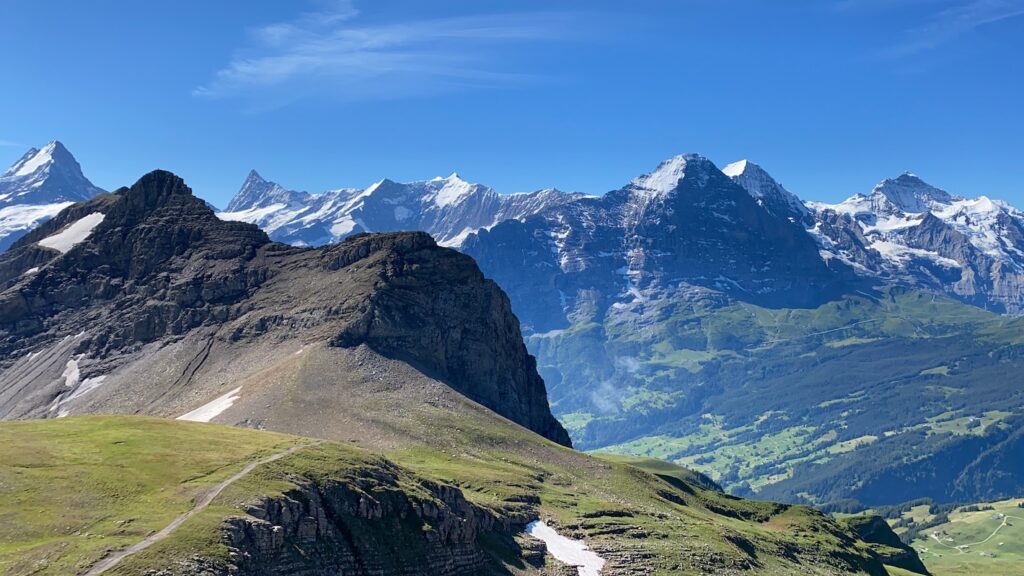
Follow us on social media!
Mountain Summits
Sometimes you just need a workout, and that’s when I enjoy a summit hike. Not only do you get a fantastic view at the halfway point, but you will feel entitled to order the schnitzel with French fries for dinner. Mountain summits can be a lot harder than other hikes due to the amount of altitude that must be covered. You should be aware of your fitness before attempting one of these. Of course, you can always turn back in case you feel the hike is getting too difficult. Speaking of which, mountain summit trails can range from very easy to very hard. And because the summits are usually located at an altitude where trees don’t grow, it is a good idea to wear sunscreen and bring sunglass and a hat on these hikes.
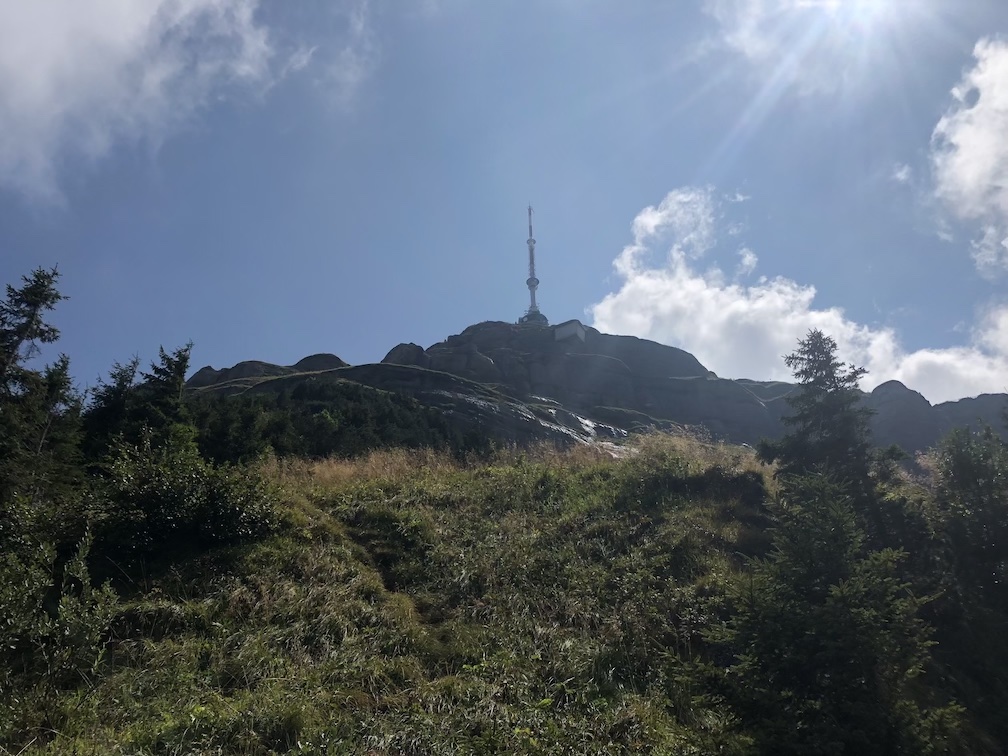
Mountain Summit Ideas
Rigi, Queen of Mountains – easily accessible from various sides, various paths to ascend in all difficulties. If you are just starting out with hiking, you cannot go wrong with Rigi. Choose your path and difficulty and off you go!
Pilatus – A higher summit than Rigi but also very accessible and well-traveled. Be ready to meet a lot of hikers here and tourists at the top! A couple of harder routes are available, but the standard ones are all regular mountain paths in good condition.
Rossstock – Harder to get to with Public Transport but lovely views from the top! Some altitude can be skipped by using the Käppeliberg Gondola from the valley and a stop in Lidernenhütte for some cake on the way down should not be skipped!

Multiday Hikes - Weekends
If, like me, you have fallen in love with hiking and can’t get enough, then you will likely consider multiday hiking at some point. These are among the most rewarding and fun hikes. Not only do you get to spend more time in the mountains, but you also get to spend nights at altitude in beautiful mountain huts. Weekend trips are difficult to organize on short notice because mountain huts are booked out weeks in advance. Make sure to plan if you are looking to try out your first overnight hike. My preferred plan is to have a nice and relaxed arrival day on Saturday where we hike to the hut in the afternoon, check-in, and get ready for dinner. We then spend most of Sunday hiking, getting up early ahead of the afternoon sun. Another option is to take Friday off and make it a three-day weekend.
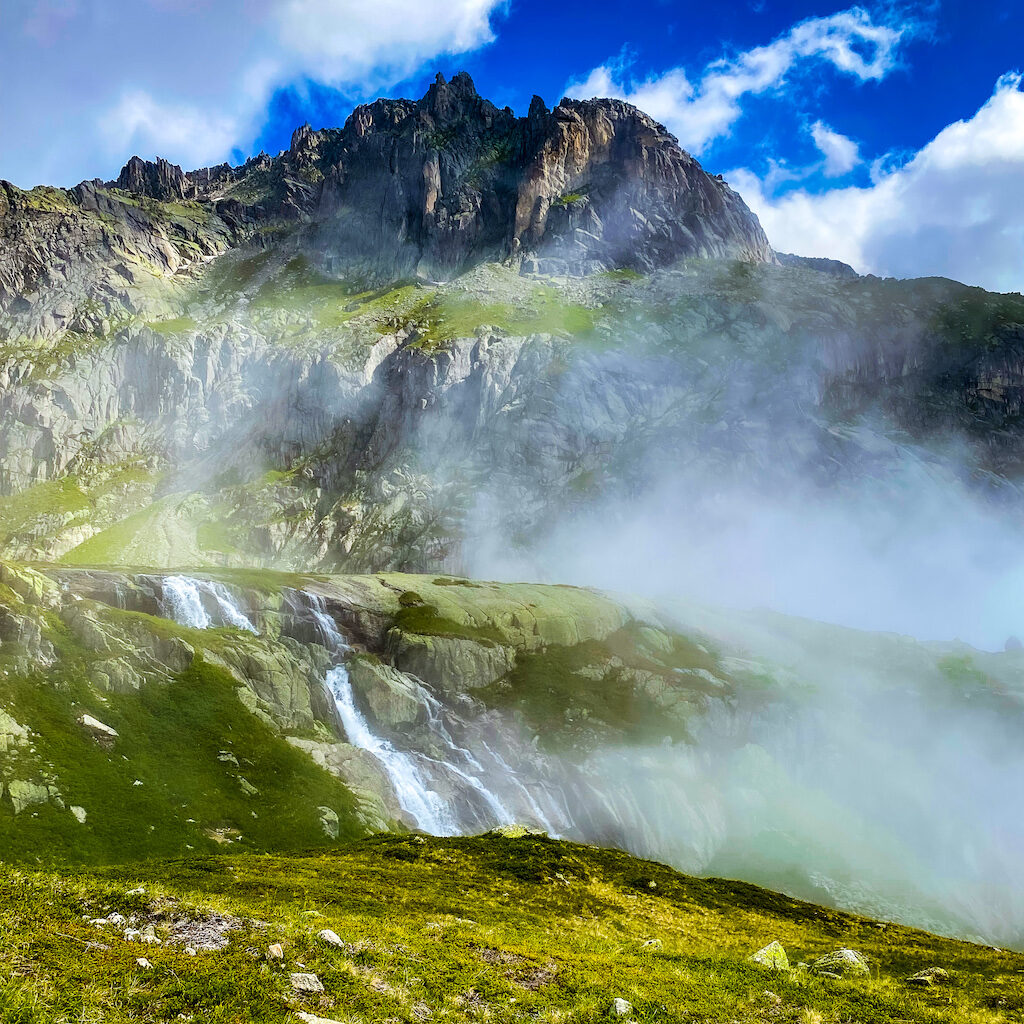
Longer Multiday Hikes
Going anywhere from a couple of days to as long as you want, there are no limits to long-distance hiking. But it is generally not common among the average hiker in Switzerland. It has recently gotten a bit of a boost as outdoor activities became more popular during covid. The longest hikes I have done were around four days of hiking, but the routes I took can be extended for much, much longer. The Via Alpine goes from East to West through Switzerland. You may hike all of it at once, or choose to hike a couple of segments at a time. What is generally different in Europe than in other countries is that wild camping is not allowed in many places, requiring you to book accommodation. This increases costs a lot and has a discouraging effect on some hiking nomads.
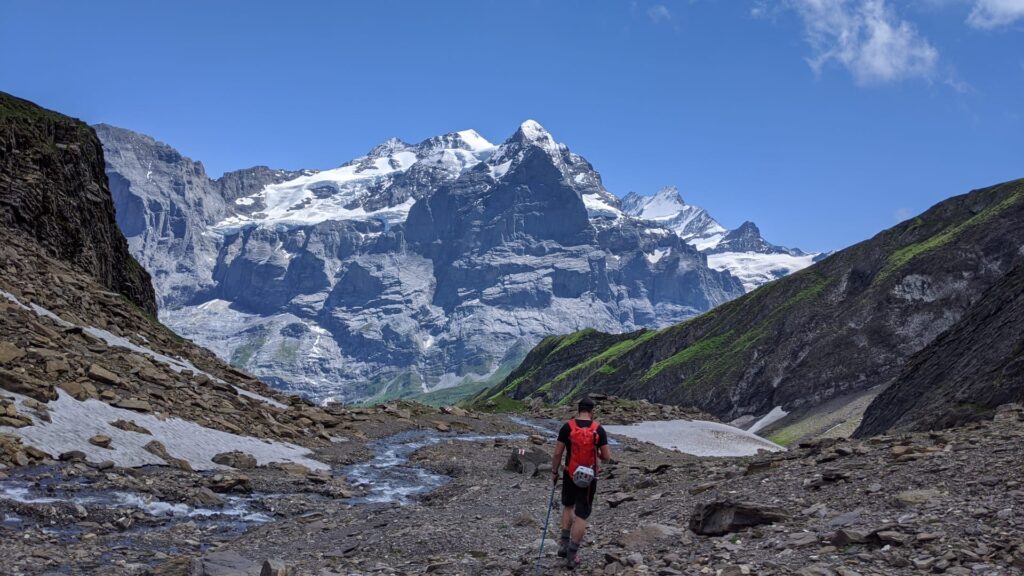
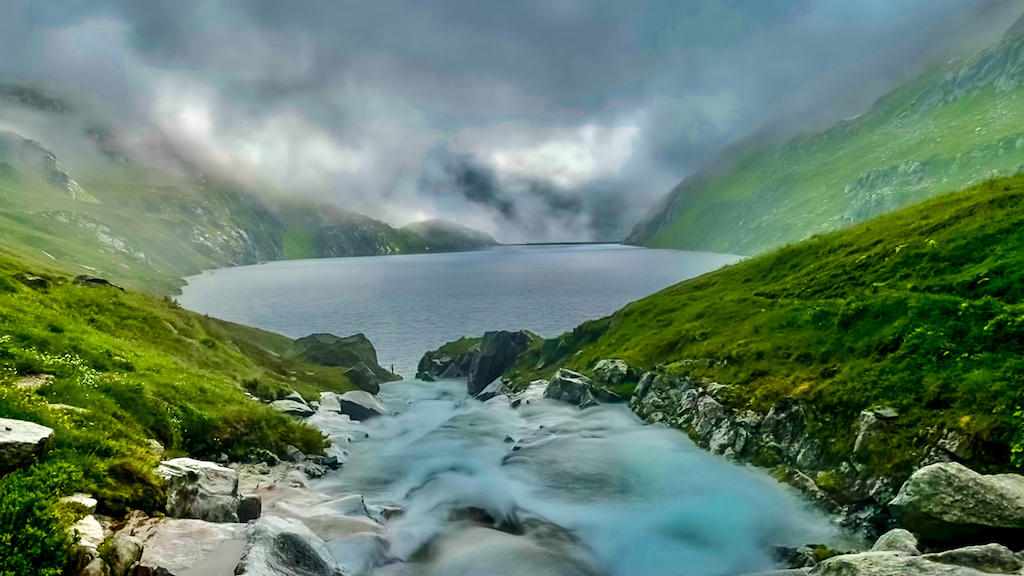
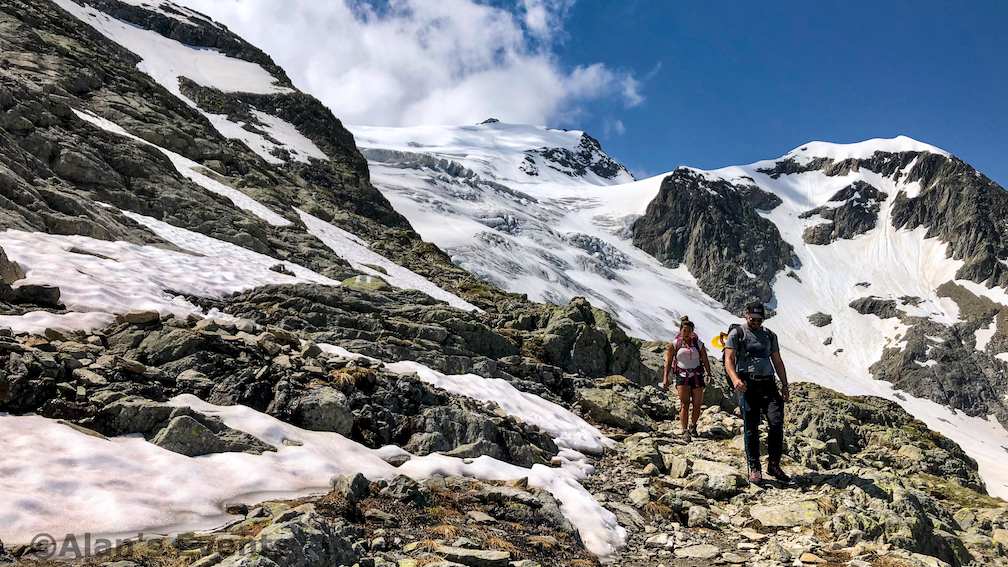
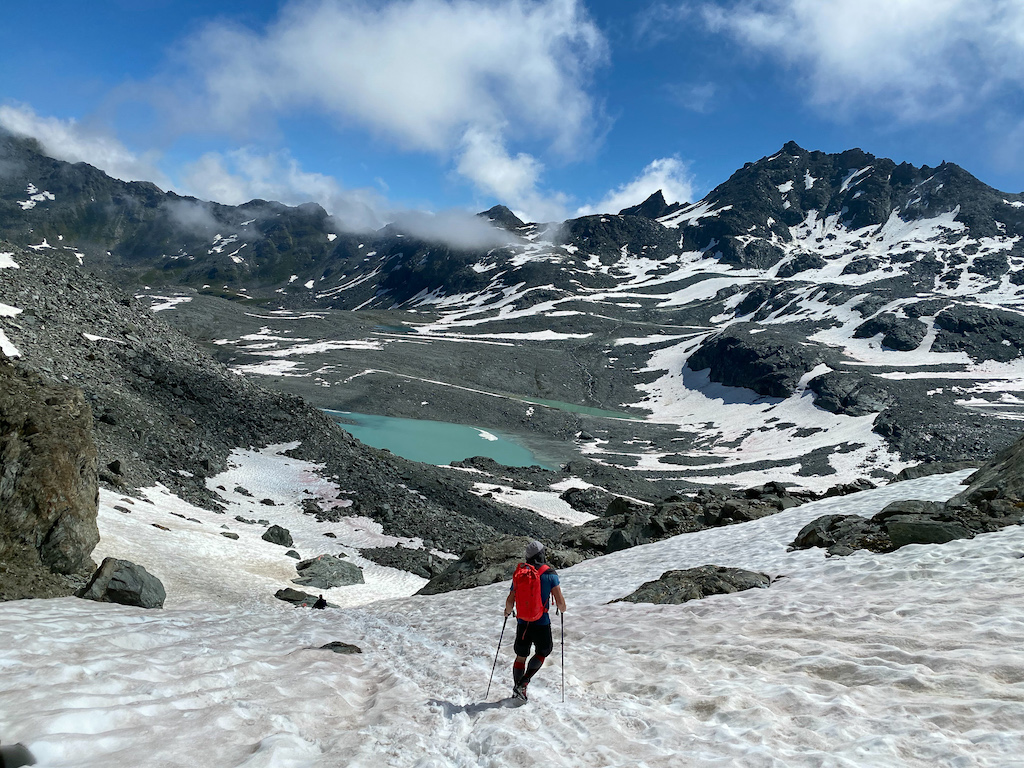
Multi-Day Hike Recommendations
Walkers Haute Route – From Chamonix to Zermatt, through the Swiss Alps from Hut to Hut. One of the most scenic and beautiful hikes in all of Switzerland. Covers some amazing terrain that is hard to get to on a day hike.
Four Springs Hike – Hike across the Swiss Alps from the German part of Switzerland to the Ticino and back and see where the four big rivers of Switzerland have their origin, Rhine, Rhone, Reuss, and Ticino.
Five Hut Hike – A more advanced multi-day hike covering T4 and T5 alpine hiking trails and an easy Via Ferrata. This is a must for the more adventurous hiker who wished to try their hand at more technical routes
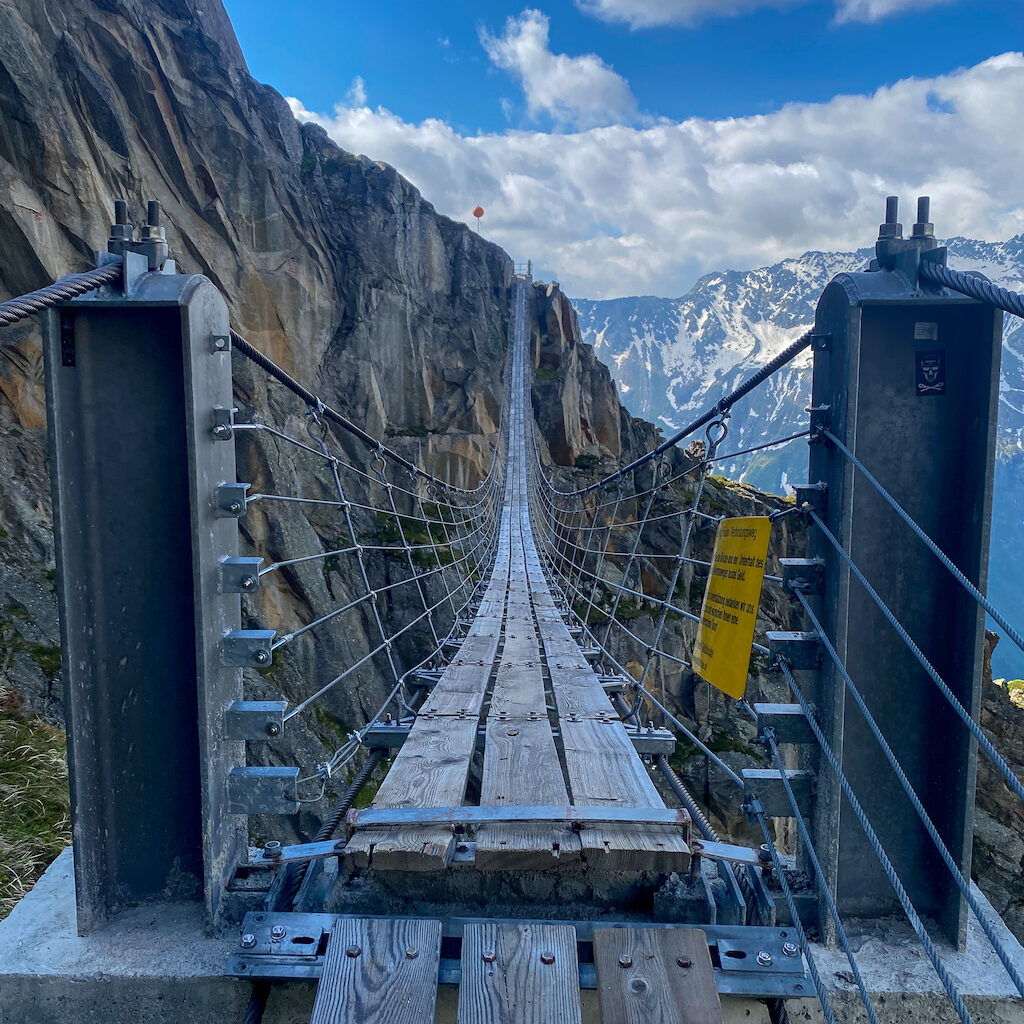
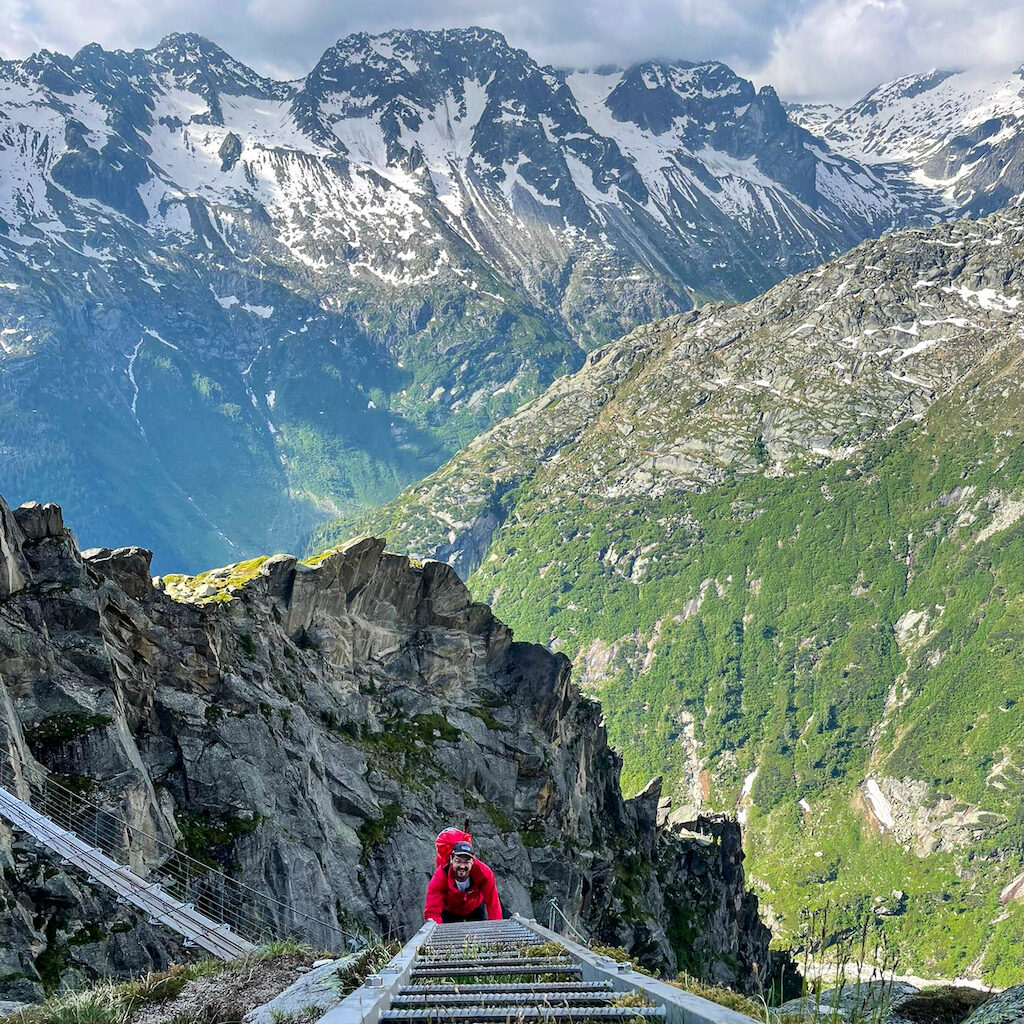
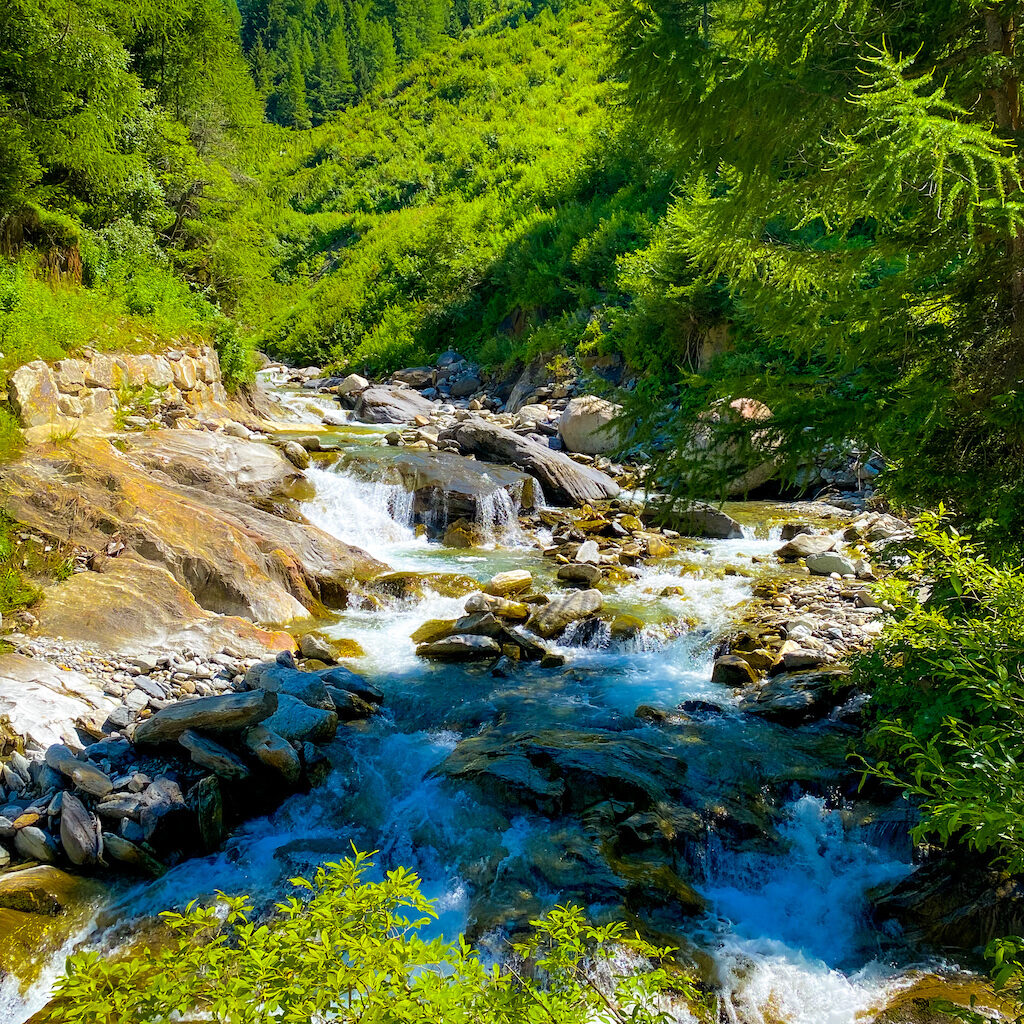

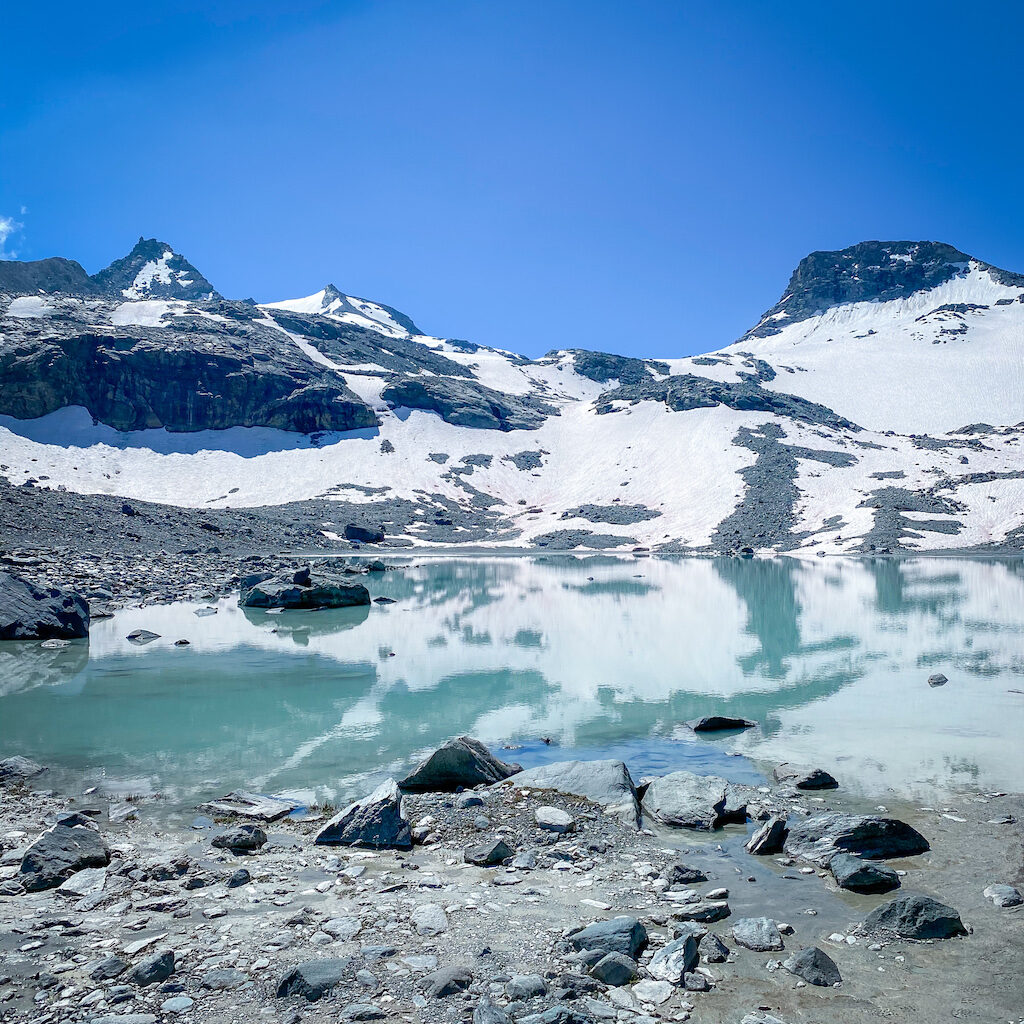
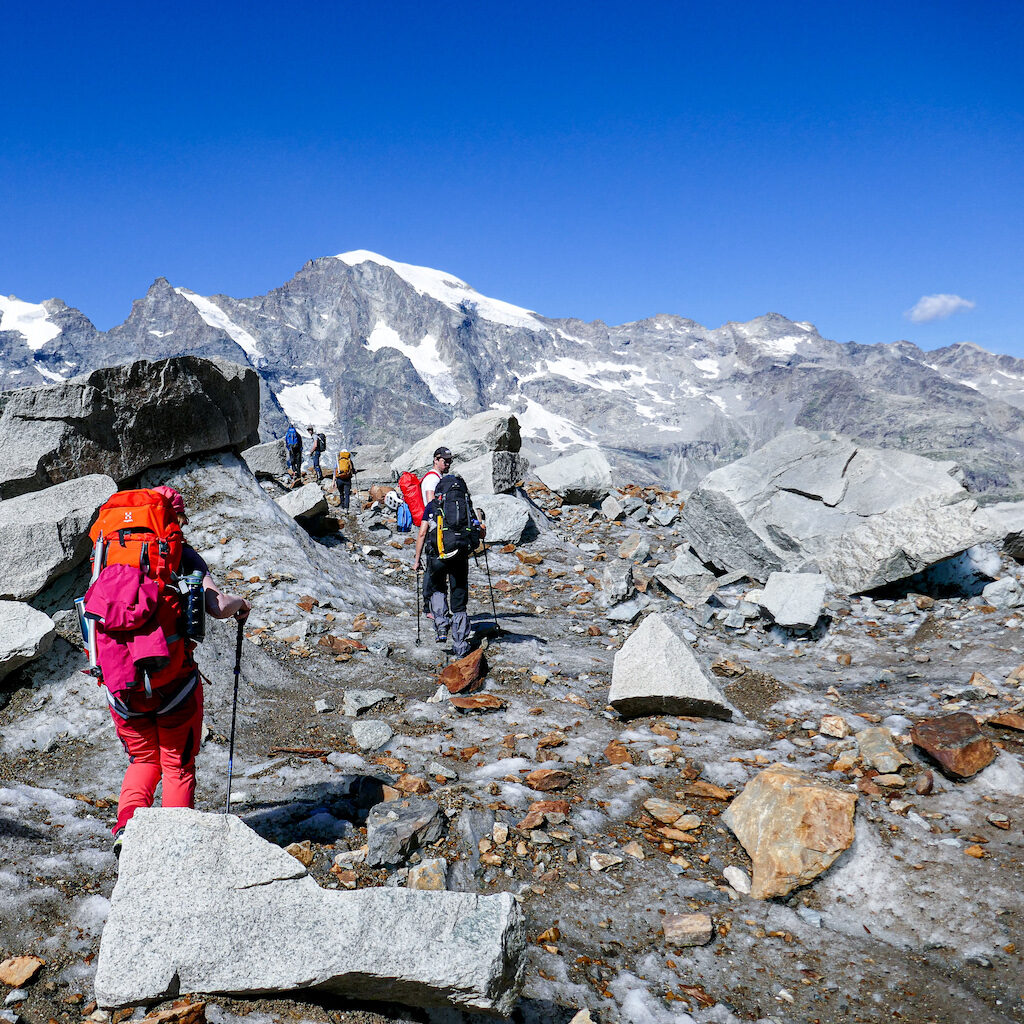
Do you know Reeloq?
Secure your phone on your hikes using Reeloq. An Austrian invention to secure your phone while you take pictures in the alps. No more worrying about dropping your phone! Use the code “Alansevents” at check out and get 10% off your purchase and support our website – click here to shop now
Mountaineering Tours
What is the difference between walking hiking and mountaineering? I will attempt to answer this question in one of my next posts. But because I started as a basic hiker, I have come to learn that easy mountaineering tours are not very different from difficult hikes. Having said that, what differentiates the two is the fact that mountaineering tours usually go through technical terrain that poses a significant additional risk when compared to hiking. If you do not have the appropriate experience, you should only attempt these tours with a mountain guide, as I always have. Your local mountaineering school can point you to qualified guides, or you can book a tour through us! Each out for more information. Here are some tours I can recommend for absolute beginners, and yes, I have done every one of these myself before


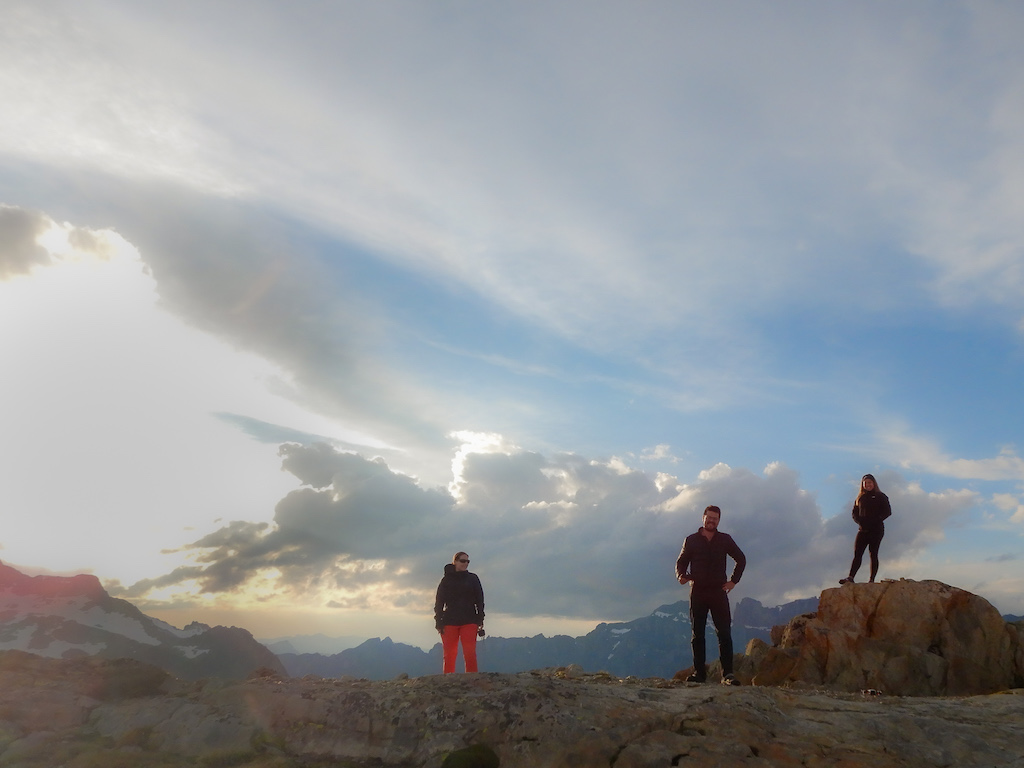

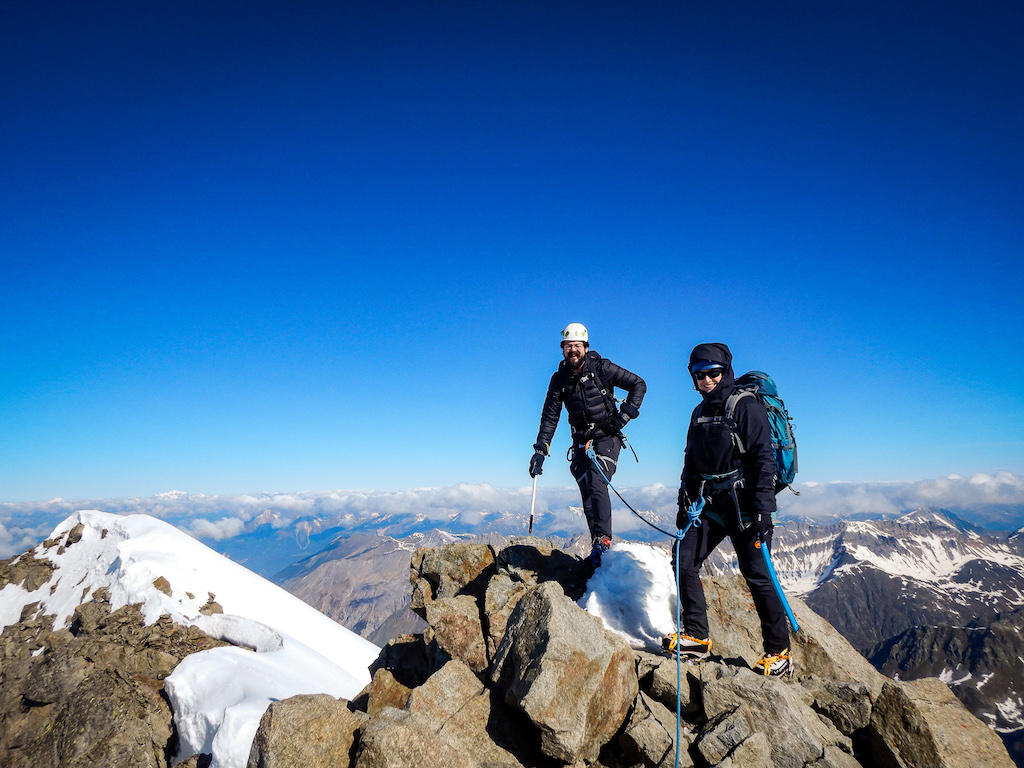
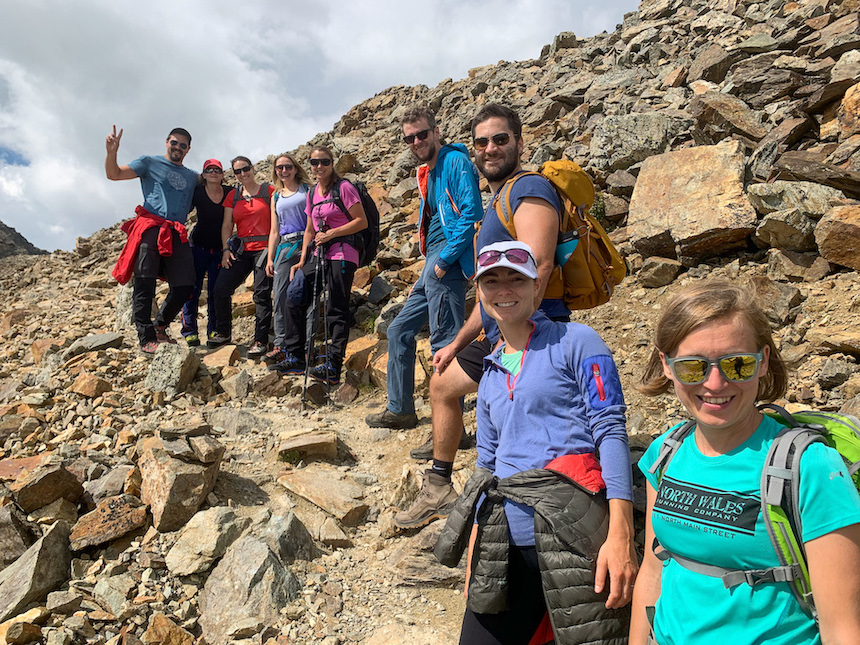
Beginner Mountaineering Tour Recommendations
Sustenhorn – Close to the Sustenpass, you can park your car for free and ascend to the Tierberglihütte from where the tour is staged. An easy trek across the glacier will take to the peak at 3’502 meters a.s.l. – Read more here
Clariden – This peak can be reached either from the Klausenpass as part of a day tour (very tough) or as a multiday from the Claridenhut. A more extensive tour than the Sustenhorn for people looking for the next step up
Allalinhorn – my first mountaineering tour and simultaneously my first 4’000 meter summit. We spent the night at the Britannia Hut, took the first cable car up to 3’500 meters, and walked up the glacier from there. Technically easy, might encounter altitude sickness!
Be the first to hear about new Events!
Join our Telegram channel to be the first to hear about new events! We always post new events two days ahead of other channels in the group first and some events are exclusive to our Telegram group. Click here to join!
